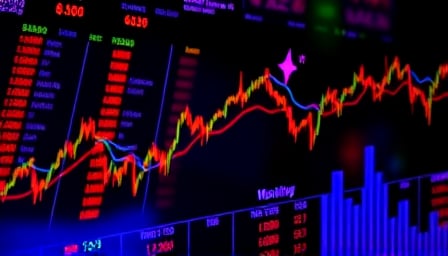The cryptocurrency BORA has recently been the subject of analysis due to its performance and market dynamics. As of September 3, 2025, BORA’s close price was recorded at $0.0867175. This figure is significant when compared to its 52-week high and low, which were $0.19772 on December 14, 2024, and $0.0702579 on April 6, 2025, respectively. These fluctuations highlight the volatility inherent in the cryptocurrency market and underscore the potential for both growth and decline within a relatively short period.
BORA’s market capitalization stands at approximately $94,924,809.776 USD. This valuation is a critical metric for investors and analysts, as it reflects the total market value of all BORA coins in circulation. Market capitalization is often used to gauge the size and stability of a cryptocurrency, with larger market caps typically indicating a more established and potentially less volatile asset.
The recent performance of BORA can be contextualized within the broader cryptocurrency market trends. The decline from its 52-week high suggests a period of bearish sentiment, which could be attributed to various factors such as regulatory changes, shifts in investor sentiment, or broader economic conditions. Conversely, the recovery from its 52-week low indicates resilience and potential for future growth, depending on market conditions and investor confidence.
Investors and stakeholders in BORA are likely to monitor these metrics closely, as they provide insights into the cryptocurrency’s performance and potential future trajectory. The close price, in particular, serves as a benchmark for daily trading activities, while the 52-week high and low offer a historical perspective on its volatility and price range.
In conclusion, BORA’s current market position, characterized by its close price, market capitalization, and historical price range, presents a nuanced picture of its performance. As the cryptocurrency market continues to evolve, BORA’s future will depend on a combination of market dynamics, investor sentiment, and broader economic factors.
